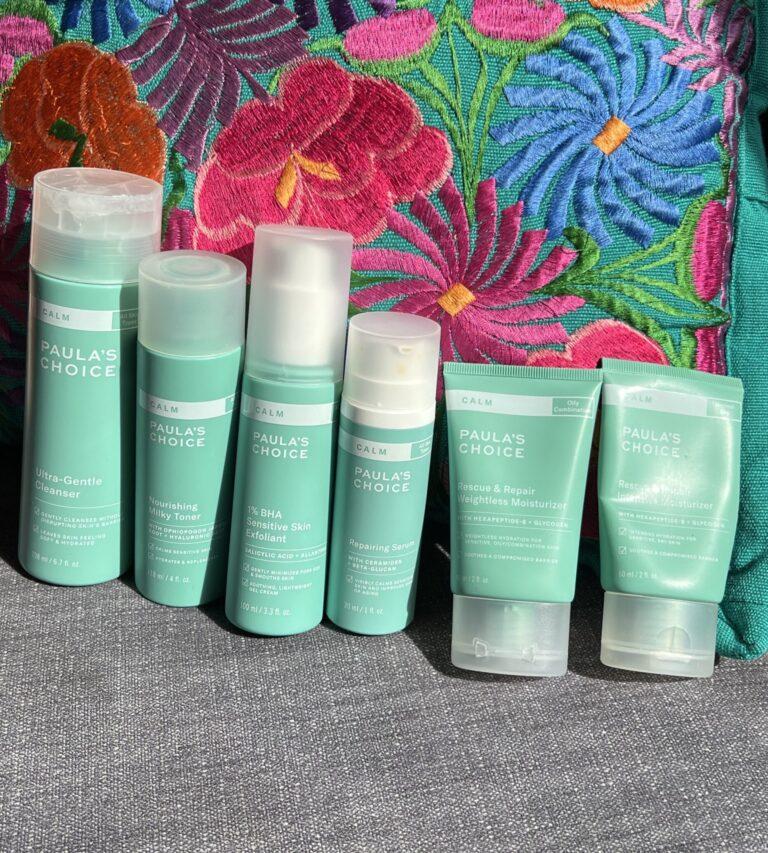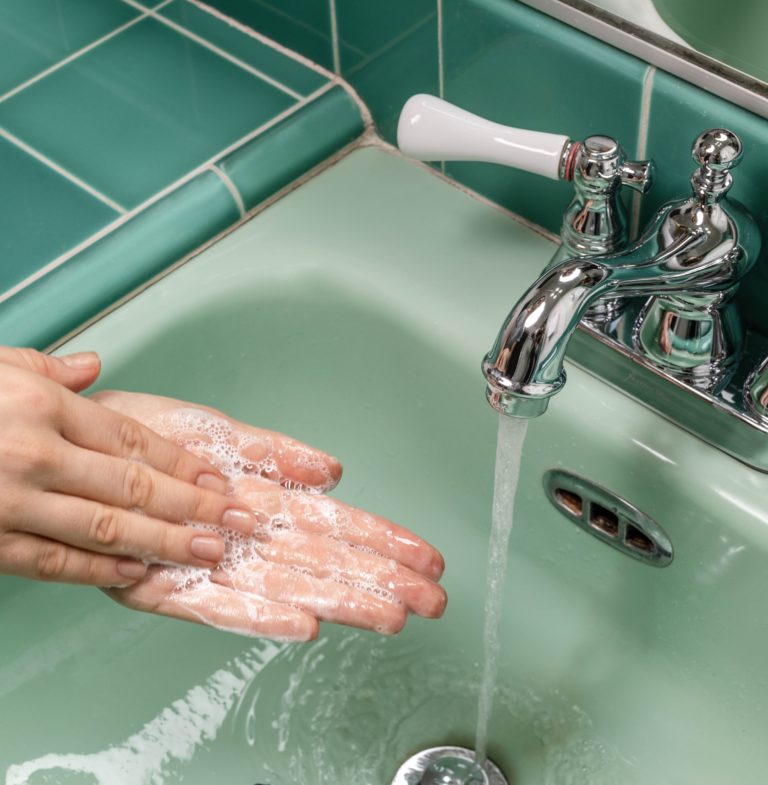Spray Tan vs. Self Tanner 101: Which One’s Best for You?
One of my favorite things about living in Los Angeles is being able to tan pretty much year-round. I know that dermatologists caution against soaking up too much sun, but there’s something revitalizing about spending time in the sun. Aside from that, having a nice tan can make you feel like you’ve been spending your summer on Lake Como. However, having natural tanning sessions can cause some serious damage to your skin. Enter: sunless tanning, which you can do via a spray tan or using self-tanner.
Keep reading to learn about the similarities and differences between spray tanning and self-tanning.
Spray Tan vs. Self Tanner
We wanted to create an explainer of spray tan vs. self-tanner because we get that it can be confusing. And when you’re confused about your options, it’s likely that you’ll choose out of frustration instead of education.
That’s precisely why we’re talking about not just how they’re the same and different, but also how each work, how long they last, and when to do each one. This way, you’ll know which sunless tanning method is best for you.
What Is a Spray Tan?
A spray tan is a type of sunless tanner that requires special equipment to spray on the formula. There are a lot of benefits of spray tanning, like saving your skin from harmful UV rays while still getting an otherworldly glow. One of the downsides, however, is that you can’t really do it at home—unless you have that equipment. Another con is that you have to carefully apply it all over your body in order to prevent splotching.
Typically, a spray tan appointment will take about 20 minutes because you’ll have to consult with the person applying it, mix the colors to match your skin tone, and then actually apply the tanning solution. It’s also worth noting that the spray tan can take up to six hours to be noticeable.
Now that you’ve got the 411 on what a spray tan is, let’s go into how they work.
How Do Spray Tans Work?
To put it simply, spray tans contain a chemical called dihydroxyacetone (DHA), which reacts with amino acids in your skin and causes the skin cells to darken. Because the spray tan solution is applied all over your skin, it gives you a pretty even tan.
How Long Do Spray Tans Last?
Most professionals and spray tan aficionados will tell you that a spray tan can last up to 10 days. They will also caveat, however, that the amount of time you’ll see the tan varies person to person. In addition to your unique skin, soap and sweat can also affect the duration of your spray tan. (Opt for gentle soaps and try to avoid sweating if you can.)
In case you’re wondering how to make your spray tan last longer, we got you covered. The answer is quite simple, really: Keeping your skin moisturized is the name of the game. You’ll also want to make sure that you leave at least 12 hours between your spray tan and any water-based activities. Lastly, try to wear loose-fitting clothing to your appointment. If you can, make sure to wear dark colors, too, so that your tan doesn’t stain your white outfits.
When To Get a Spray Tan
Since I’m going on 30, a lot of my friends are getting married. I have to say, I’ve noticed that wedding spray tanning is super popular. I don’t know a single bride who hasn’t gotten a spray tan for her big day (especially now that sitting in a tanning bed is a big no-no).
You might also want to get a spray tan if you’re going on a tropical vacation and don’t want to be the palest person in the bunch. A lot of my lighter friends love to get a spray tan in the winter, lest they look like Snow White.

What Is a Self-Tan?
In the battle of spray tan vs. self-tanner, I’mma pick self-tanner every time. That’s because a self-tanner is available in multiple forms. For instance, you can get a self-tanning mousse, lotion, serum, or wipes for that effortless glow. Another key difference is that pretty much anyone can do this at home since it doesn’t require any special equipment.
How Does Self-Tanning Work?
Aside from not needing special equipment for self-tanner, this sunless tanning option isn’t that much different from going to a spray tanning salon. In fact, it uses DHA just like the spray tan does.
How Long Does Self-Tan Last?
If you get the good stuff, a well-applied self-tanner can last you up to a week. Obviously, that’s a good three to five days shorter than a spray-tan, but it’s still a good duration. Again, though, you want to avoid sweating, if you can, and definitely leave any exfoliating treatments for after you’re back to your regular skin tone.
As far as making your tan last longer when you’re using a self-tanner, it’s key to moisturize. It might also be a good idea to get an oil-free self-tanner so that it more easily absorbs into your skin. Lastly, some folks have mentioned that people with sensitive skin may not see the self-tanner last as long as others. If that’s you, I’d advise you to proceed with caution.
When To Self-Tan
As far as I’m concerned, the best time to tan is whenever the hell you feel like it. That said, I’ve also noticed that there are more popular times to apply self-tanner. I mentioned them above: wedding season, vacations, and in the winter when you’re a little paler than you’d like.
Even though I went all in on the spray tan vs. self-tanner debate, I realize that some of y’all will still opt to tan in the sun because it just feels good. And I’m not here to stop you. I am, however, going to ask you to put on your sunscreen. I’ll also take it a step further and ask you to put on one of the best non-toxic sunscreens on the market in order to protect your skin from those UV rays.
Whatever you decide to do, stay golden!
Natalie Arroyo Camacho is a first-gen Mexican American writer from the San Fernando Valley. She’s written for Byrdie, Refinery29, Teen Vogue, and Well+Good. She’s also the founding editor of Viva the Valley.








